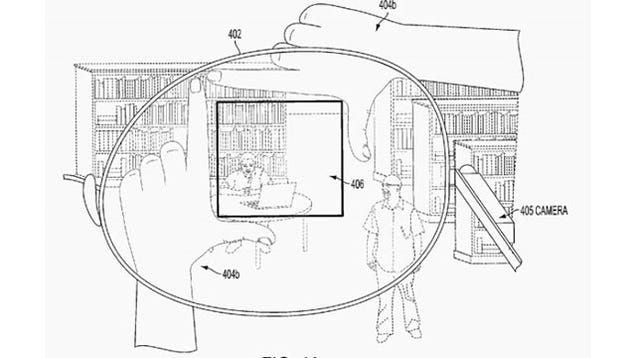Researchers find major security flaw with ZigBee smart home devices
Source: http://www.engadget.com/2015/08/07/zigbee-security-flaw//
Manufacturers of smart home devices using the ZigBee standard are aiming for convenience at the expense of security, according to researchers from the Austrian security firm Cognosec. By making it easier to have smart home devices talk to each other, many companies also open up a major vulnerability with ZigBeee that could allow hackers to control your smart devices. And that could be a problem if you rely on things like smart locks or a connected alarm system for home security. Specifically, Cognosec found that ZigBee's reliance on an insecure key link with smart devices opens the door for hackers to spoof those devices and potentially gain control of your connected home.
"Tests with light bulbs, motion sensors, temperature sensors and even door locks have also shown that the vendors of the tested devices implemented the minimum of the features required to be certified," Cognosec's Tobias Zillner writes. Even worse, he points out that there's no way for consumers to make their smart devices more secure. In the end, he blames the push for ZigBee to be easy to use as the big reason why companies have been lax with security.
For anyone who's had worries about the vulnerability of the connected home, Cognosec's findings basically present the worst case scenario for ZigBee. Since it affects a wide variety of devices, it's unclear how quickly manufacturers will be able to come up with a fix. We've reached out to the ZigBee Alliance, whose members include major companies like Samsung, Sony and ARM, and will report back with their response.
[Photo credit: Tom Raftery/Flickr]
Filed under: Household
Via: TechCrunch
Source: Cognosec
Tags: hacks, security, smarthome, Zigbee




